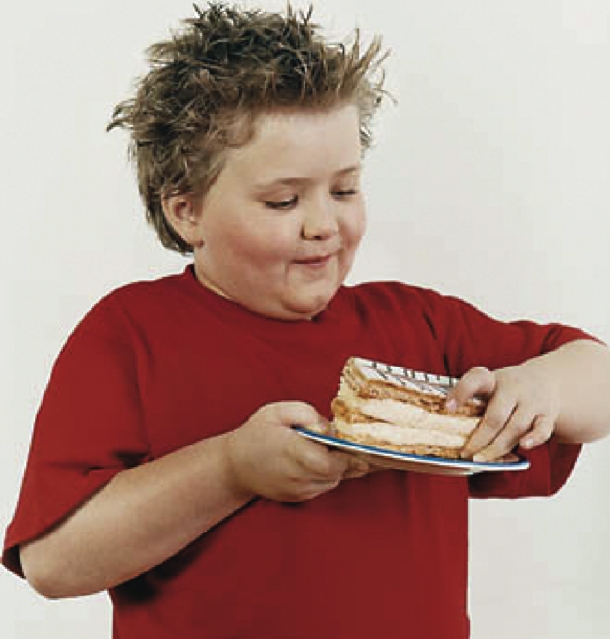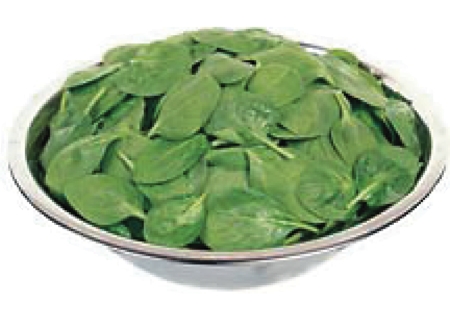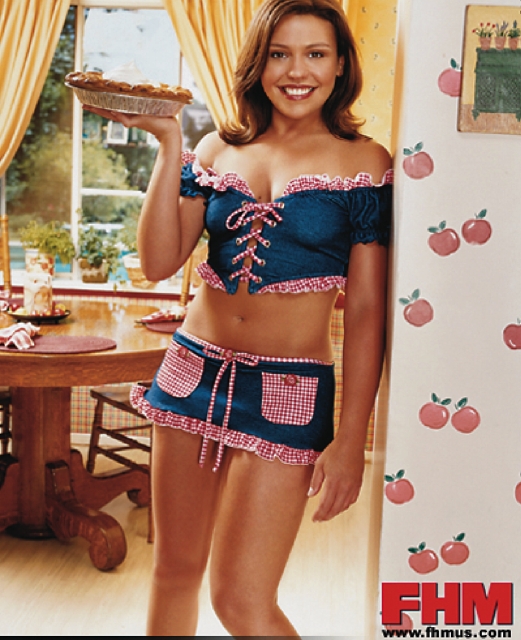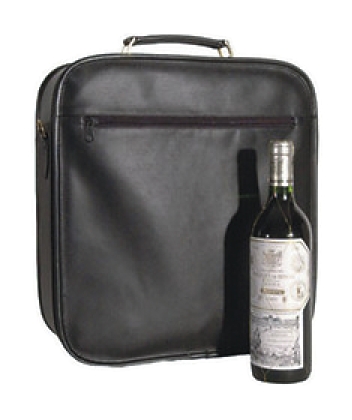Yes, we know, Americans are fat. However, in 2006 the focus has gone from the entire population to just our kids. In an effort to put the damper on the "epidemic" of childhood obesity, the Alliance for a Healthier Generation managed to convince the country’s top three soft drink companies to remove all sweetened drinks–such as Coke, Pepsi and flavored iced teas–from school vending machines and replace them with bottled water, nonfat milk and 100 percent fruit juices. If that weren’t enough, the Federal Trade Commission and the Department of Health and Human Services jumped in by urging food companies to make products that were more nutritious and to also change the way they market foods targeted toward kids. Lastly, they tried to instate minimum nutrition standards for those foods to ensure kids were getting all the stuff they need.
No Oil Or New Oil?
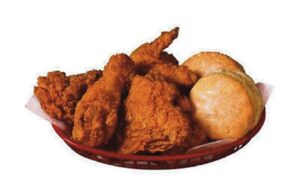 A Kentucky Fried health warning
A Kentucky Fried health warning
What do Kentucky Fried Chicken and New York City have in common? Usually absolutely nothing, but in 2006 they both decided to remove artificial trans fats from their food. The New York City Health Department issued a proposal that would ban the use of products that contain partially hydrogenated oil in all restaurants. The fried-chicken giant, KFC, also decided to jump on the bandwagon and stop using the artery-clogging oil and will instead use a low-linolenic soybean oil (whatever that means). Why is everyone picking on artificial trans fats? Scientists say they’re unhealthy in any amount. These changes won’t happen over night, but by April of 2007, all KFCs will have made the switch. As for NYC, the changes are expected to happen by July 2008.
Fois Gras Faux Pas
French food lovers, I’m sorry to report that in 2006 the Chicago City Council voted to make Chicago the first city in the country to ban restaurants from selling fois gras . ( En anglais , that’s the fatty liver of ducks and geese.) The Windy City issued the ban as a result of pressure from animal rights activists, who say fois gras production methods are cruel (the fowl are force-fed grain through a tube that’s placed in their throats). Many people in the restaurant industry don’t think it will affect business either way, but they still tend to see it as an intrusion by city officials.
Upping The Roughage Requirement
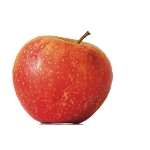 That apple a day isn’t enough any more.
That apple a day isn’t enough any more.
Apparently, five a day isn’t enough–try 13 instead. The Produce for Better Health Foundation helped launch a new brand of produce to help spread the word on the new government recommendations for daily fruit and veggie intake. The "Fruits and Veggies–More Matters" brand will replace "Five a Day, the Color Way" logos. The new brand will be the focus of all national public relations and marketing efforts, including partnerships with national parenting magazines. By January 2009, all "Five-a-Day" programs must be phased out and replaced by the new campaign.
The Whole (Grain) Truth
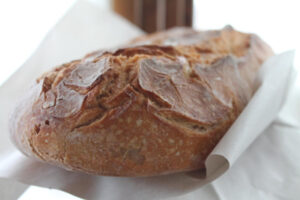 Mmmm ... grains.
morgueFile
Mmmm ... grains.
morgueFile
According to last year’s revised food pyramid, Americans should eat at least three ounces of "whole grains" on a daily basis. Great! But what’s a whole grain, exactly? In 2006, the FDA issued an official definition of whole-grain foods so there’s no confusion. "Whole Grains: (noun); cereal grains that consist of the intact, ground, cracked or flaked fruit of the grains whose principal components are present in the same relative proportions as they exist in the intact grain." Wow, thanks for clearing that up. To put it simply, barley, buckwheat, bulgur, corn, millet, rye, oats, wheat and wild rice are all considered whole grains. Also, manufacturers can put labels on their product that say things like "100 percent whole grain," only as long as the product does, in fact, contain whole grain.
Wal-Mart's Attempt At Environmental Awareness
It was only a matter of time before Wal-Mart took part in the organic food craze that’s been sweeping the nation for the last decade. (Organic is a fancy name for foods that are certifiably grown without synthetic pesticides or fertilizers.) Late this year, Wal-Mart began to stock a complete selection of organic foods in 4,000 stores. They plan to price their organic food only 10 percent more than their conventional food, making it more accessible to those who normally can’t afford to go organic. Whether or not this is a good thing is entirely up to you, but it will be beneficial to the environment. Think about it–Wal-Mart will need a large amount of organic farmland, which means less pesticides and chemical fertilizers being pumped into the ground. Maybe that’s the silver lining of an otherwise ridiculous idea.
Beating Our Sweet Tooths
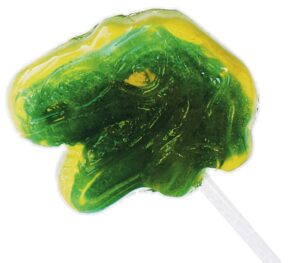 Sweet teeth
Sweet teeth
As if worrying about trans fat wern’t enough, 2006 was the year of fretting about high fructose corn syrup. Almost all nutritionists will tell you that high fructose corn syrup is responsible for most of the nation’s obesity crisis. As a result, more and more people are trying to remove it from their diets and use alternative sweeteners. However, that’s easier said than done. High fructose corn syrup is in more food than you think. For example, a low-fat fruit-flavored yogurt can have as much as 10 teaspoons of the sweetener in one serving. Because of the nation’s sudden obsession with ridding themselves of the syrup, some companies have begun advertising that they use alternative sweeteners like molasses, Splenda or brown rice syrup in their products. If you’re worried about it, be sure to read the labels on foods you purchase.
A Black Eye For Popeye
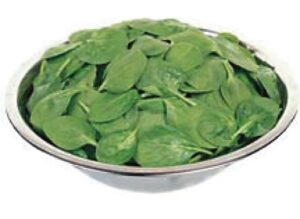 Spinach gets bagged on by E. coli.
Spinach gets bagged on by E. coli.
Just when you thought it was finally safe to eat, E. coli rears its ugly head yet again. But this time it wasn’t found in meat. It was found in produce. A few instances were reported in 2006. The first was found in California spinach. Natural Selection Foods was forced to recall 34 brands of spinach due to the outbreak. Eighteen states reported cases and the number of cases rose to 109. Three people actually died. Another case was also traced back to produce from California. Taco Bell removed all green onions from 5,800 restaurants after tests suggested they may be responsible for three dozen cases of E. coli in three states, which was later traced back to lettuce. I guess the moral of the story is don’t eat produce from California.
Rachael Ray: Here To Stay
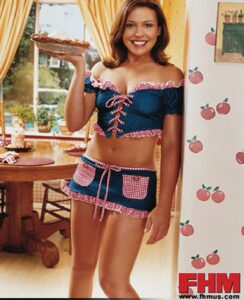 Rachael Ray does it in the kitchen.
courtesy of FHM magazine
Rachael Ray does it in the kitchen.
courtesy of FHM magazine
Move over Martha, Rachael Ray is America’s newest culinary sweetheart. In less than five years, she managed to create quite an empire. She has four shows on the Food Network, 4.5 million books in print, a $6 million contract with Random House Publishing, her own lines of cookware, kitchen appliances and extra virgin olive oil, a food and lifestyle magazine , Every Day with Rachael Ray , and she recently was given her own daytime talk show. Impressive. There are dozens of websites created by her adoring fans and a few websites created by those who can’t stand her. Rachael Ray definitely left an impression on America in 2006.
Don't Forget The Wine
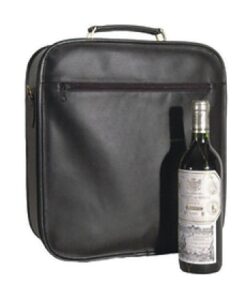 New air security regulations give “stow-away” luggage a whole new meaning.
New air security regulations give “stow-away” luggage a whole new meaning.
American airport security has become increasingly invasive since 9/11, and it went one step further this year when airports banned all liquids from being carried on planes. Despite easing the policy to allow containers of liquids that hold no more than three ounces, it still presents a problem for those purchasing wine while traveling. Since carrying expensive bottles of wine on planes is no longer an option, vendors, travelers, counselors and teachers are scrambling to find new ways to transport bottles to tastings and client meetings.
 A Kentucky Fried health warning
A Kentucky Fried health warning
 That apple a day isn’t enough any more.
That apple a day isn’t enough any more.
 Mmmm ... grains.
morgueFile
Mmmm ... grains.
morgueFile
 Sweet teeth
Sweet teeth
 Spinach gets bagged on by E. coli.
Spinach gets bagged on by E. coli.
 Rachael Ray does it in the kitchen.
courtesy of FHM magazine
Rachael Ray does it in the kitchen.
courtesy of FHM magazine
 New air security regulations give “stow-away” luggage a whole new meaning.
New air security regulations give “stow-away” luggage a whole new meaning.
